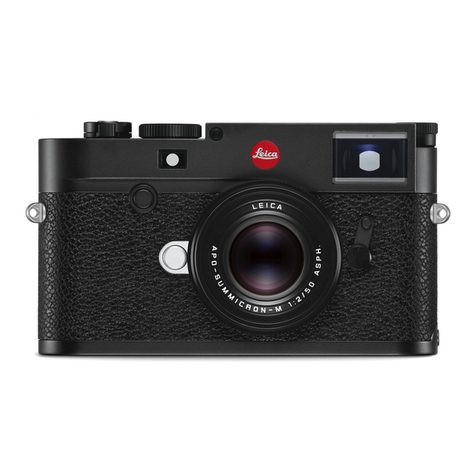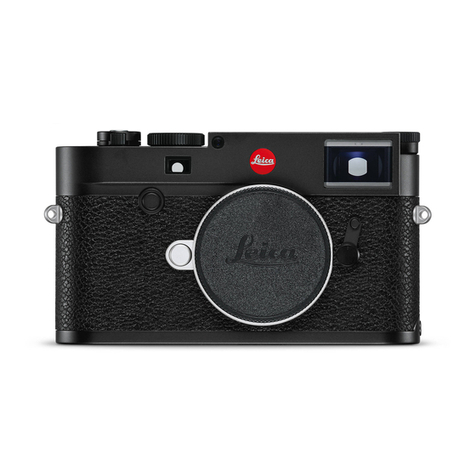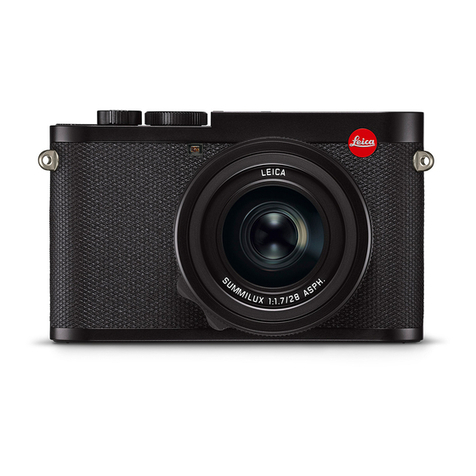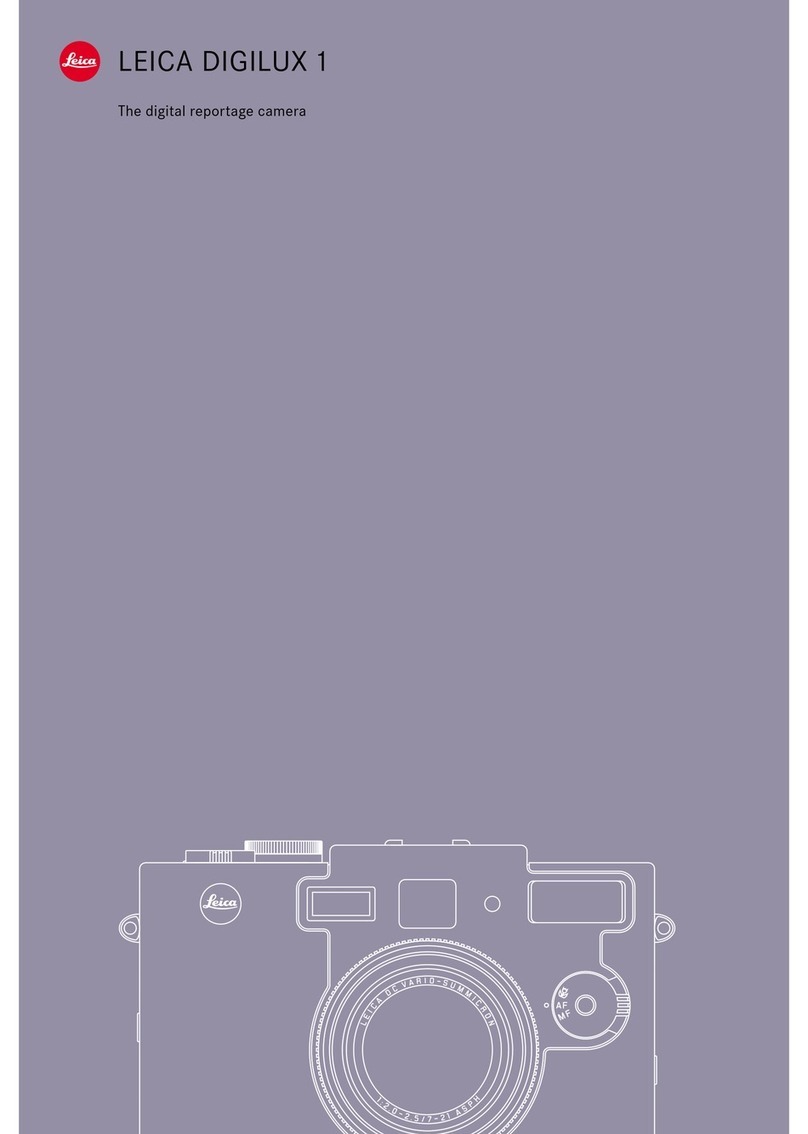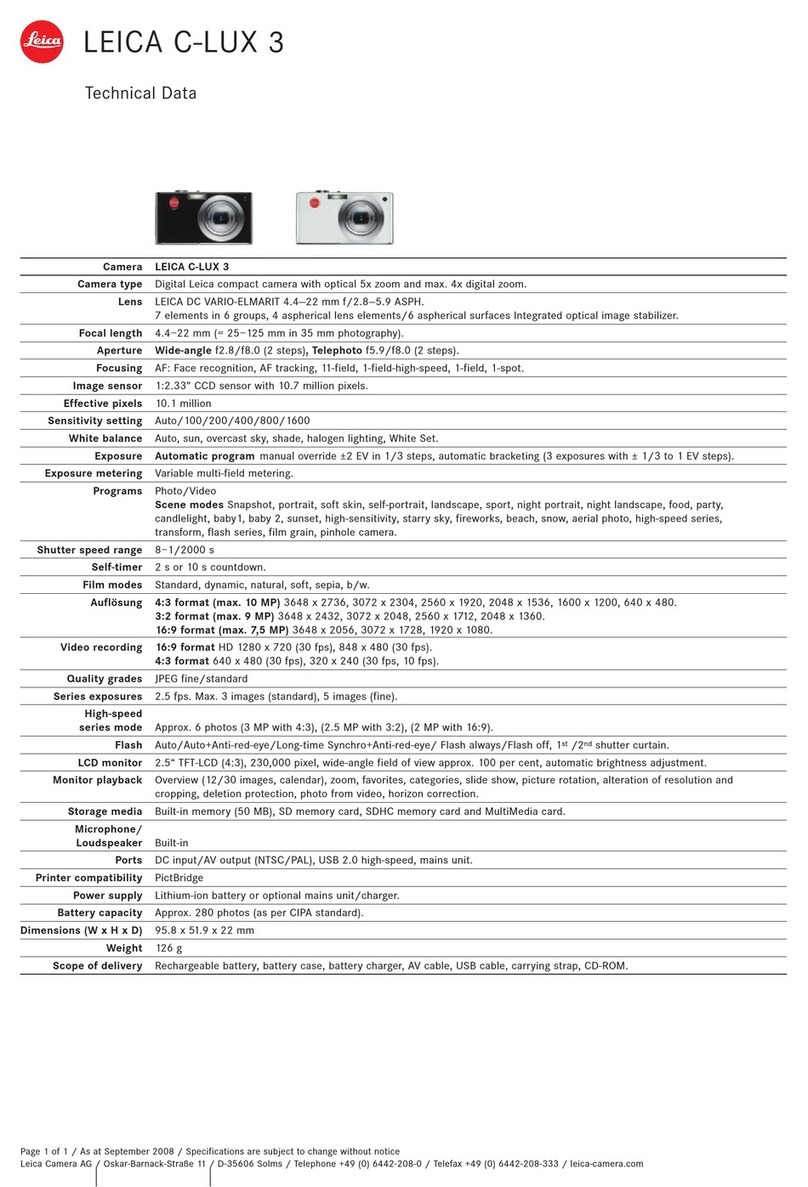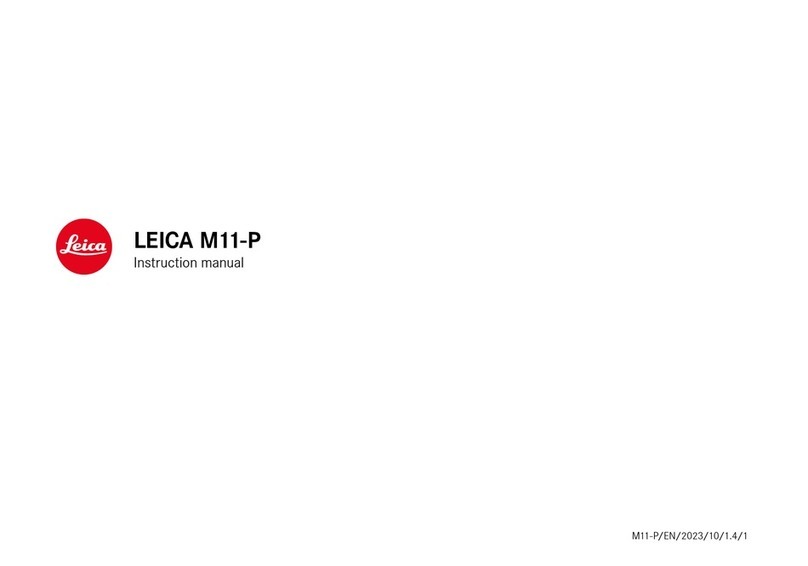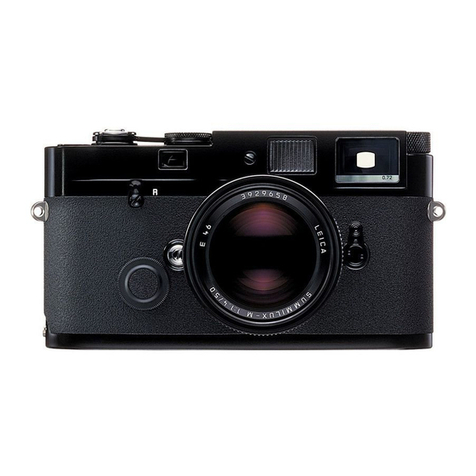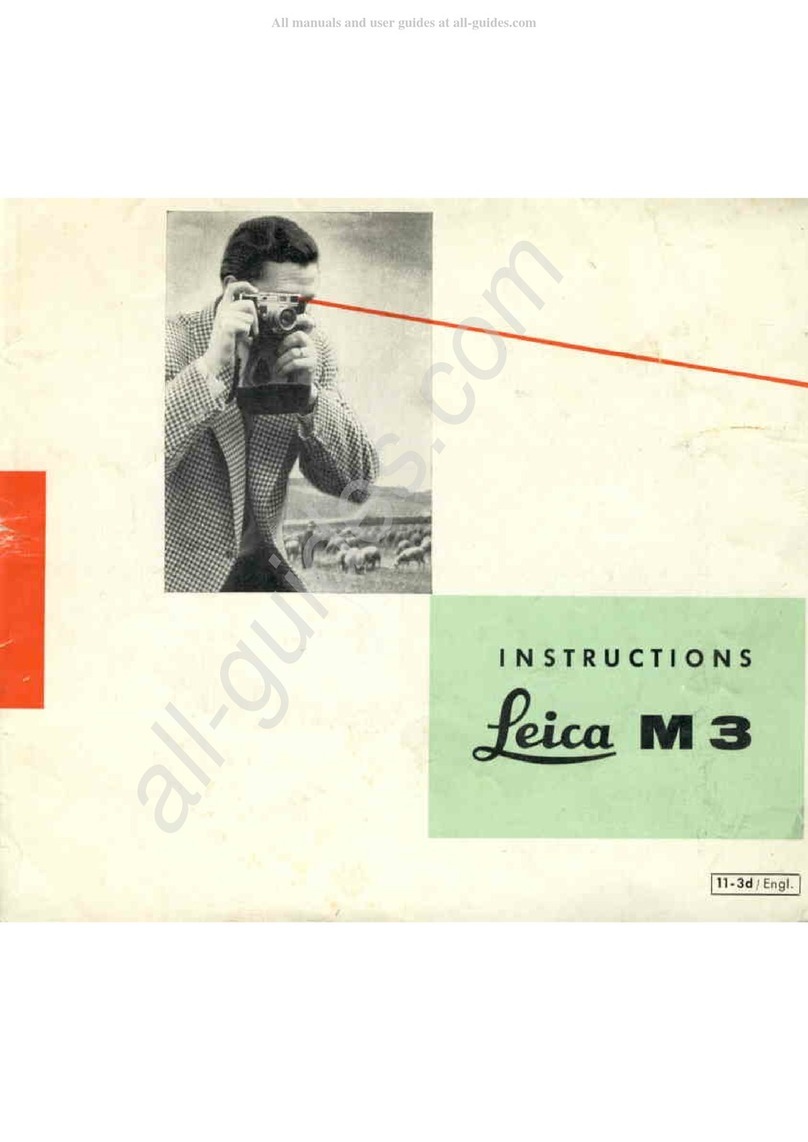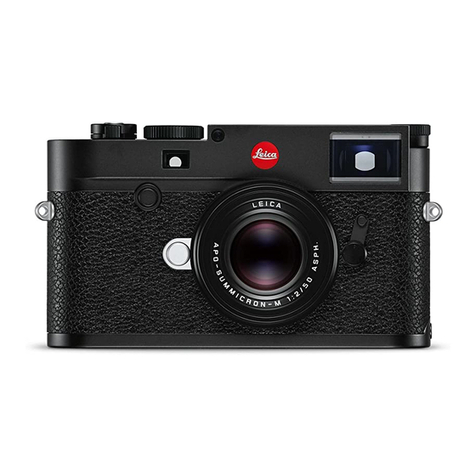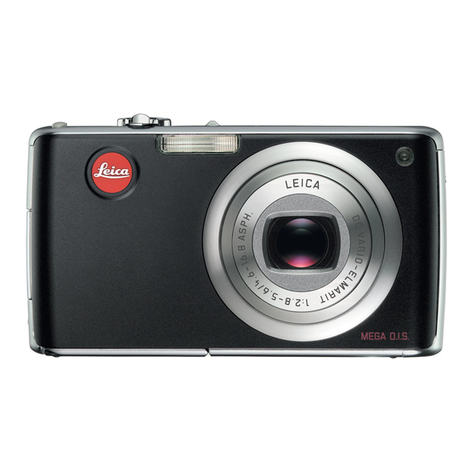
Your
LEICA
is
not only a precision camera, but a ruggedly reliable
in
-
strument that
will
yield optimum picture quality over many years of
trouble-free service. More than this,
it
is
part
of
the world's most suc-
cessful system
of
photography, the
LEICA
SYSTEM,
with an unmatched
family
of
interchangeable
LEITZ
lenses and the widest assortment
of
logically conceived accessories ever supplied for a single camera.
This
means that as your skill and talent develops, with ever-widening pho-
tographic horizons, you'r
LEICA
will
remain equal to the
greater
chal-
lenges you place upon
it
. With an assortment
of
precision
LEICA
lenses
your M3
is
not just a camera, but as many different cameras as you
want
it
to be. Your franchised
LEICA
dealer
has many illustrated
pamphlets explaini
ng
the
full
range
of
LEITZ
lenses
and
acces~ories
for your
LEICA.
Please ask for these
brochures, and discuss them with
him
-you'll find he's a mighty
\.
~
good
mao to
g,t
to
k,"w!
